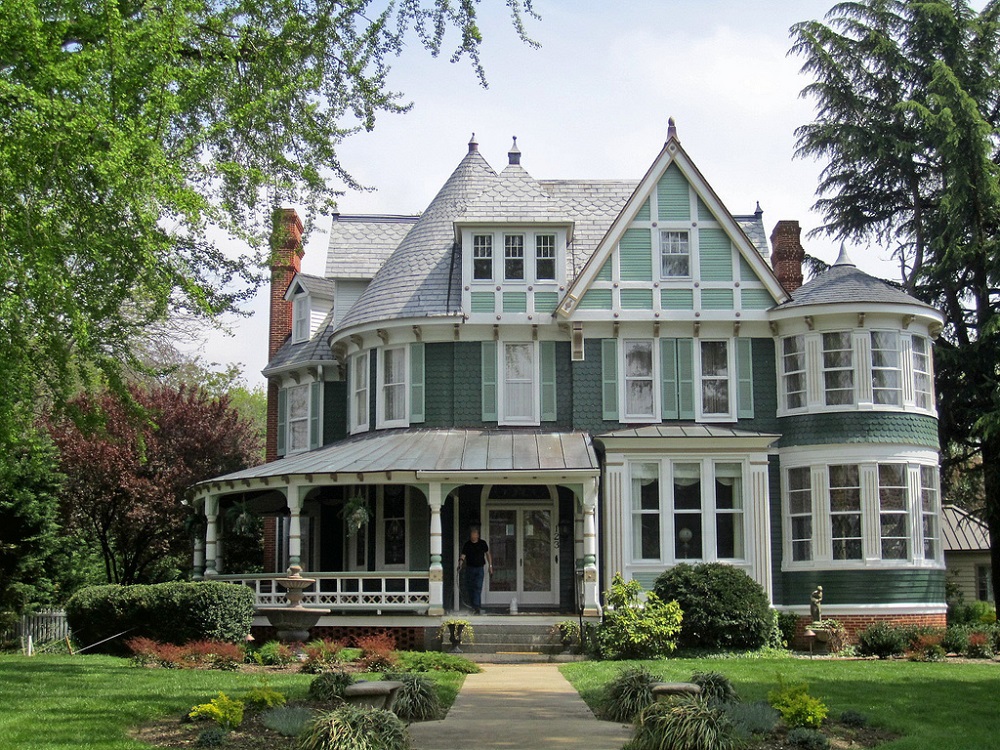Advertisement
The Victorian appearance is one of the most aesthetic when it comes to exteriors. The finishes are so pure, and have so many aesthetic elements in pastel and bright colors, that almost look like the house-shaped representation of a porcelain doll. Understanding the concepts behind the
Victorian-era houses can be somewhat difficult if we consider that they are more than 200 years of history, but with this article, we hope to solve many of your doubts. The origin of this architecture dates back to 1830 and 1910 and owes its name to Queen Victoria. During her reign, a multitude of styles emerged that are now included in the Victorian house genre.
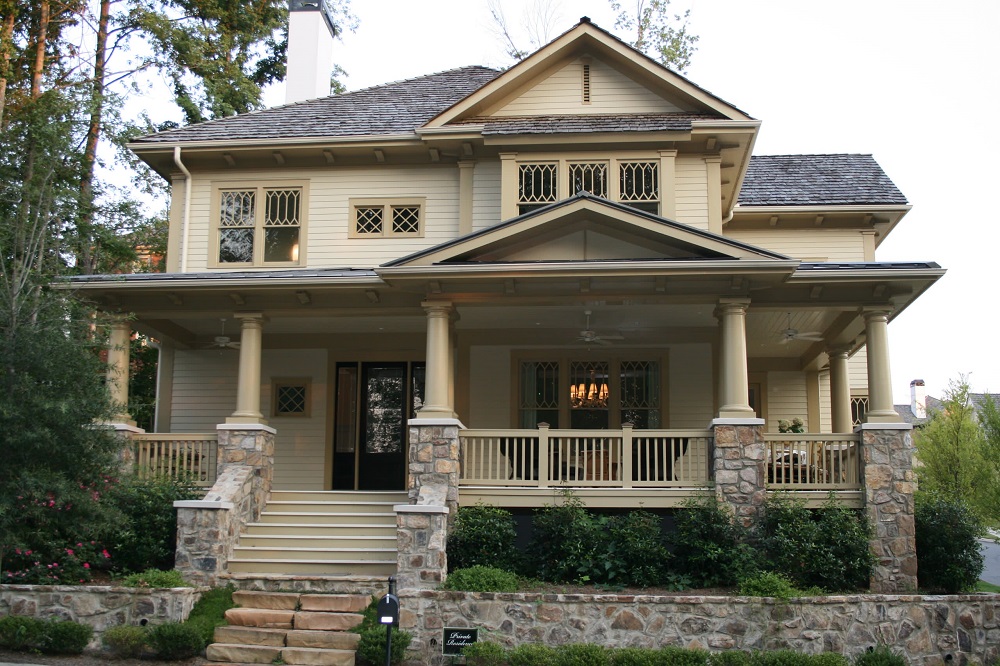
Image source: Dwell Design Studio
It is thanks to this that the Victorian era houses have multiple patterns, and simply share some characteristics between them, such as bright colors. However, we can find designs that range from Gothic revival to and Romanesque style.
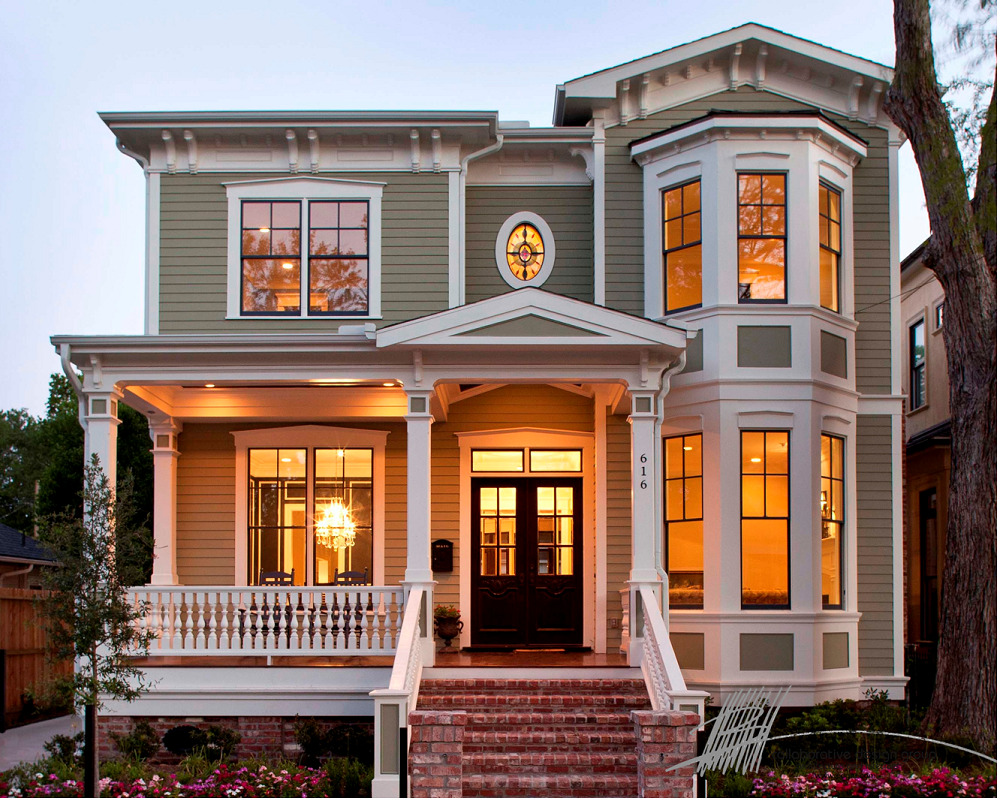
Image source: Collaborative Design Group-Architects & Interior
Many of the architects who were born at that time wanted to experiment with new materials to design houses. The cost of metals and ornaments was drastically reduced in the market thanks to mass production and new transport systems, so they became key elements in the construction of homes.
But enough talk about the origins of the style, it is time for us to see how a Victorian house is achieved.
Fundamental details of Victorian era houses
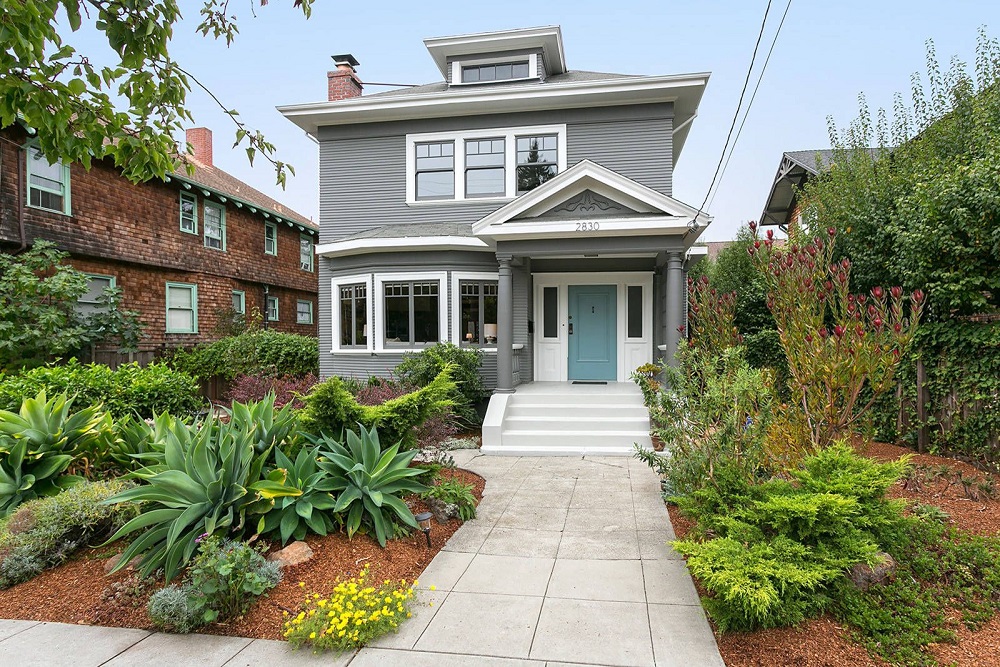
Image source: Garrison Hullinger Interior Design Inc.
Victorian homes are a sign of American waste. In it, we can see a lot of ornaments and metal details from different eras, such as colonial styles, Gothic windows, a touch of Roman and Greek forms, even a bit of Beaux-Arts Style in some balustrades. The function of the constructions was practically relegated to the new possibilities of decoration.
Each Victorian mansion has its custom ornaments. It was a competition between designers to create new patterns that impressed people. The new materials (or rather, the new economic accessibility to materials that were previously very expensive) allowed to create new forms and combinations.
Among some common elements of the Victorian houses, we can find that, in general, the houses included between 2 or 3 levels, or failing that, were of great height. This is even reflected on the porch, which is tall and extensive. Additionally, the height between the floor and ceiling is very high, allowing elements such as pompous chandeliers, majestic arches, and other large elements to be installed.
Thanks to the different decorative elements in wood and metal, the facades tended to be asymmetrical. Some architectural elements, such as windows and balconies, were also placed in asymmetrical positions.
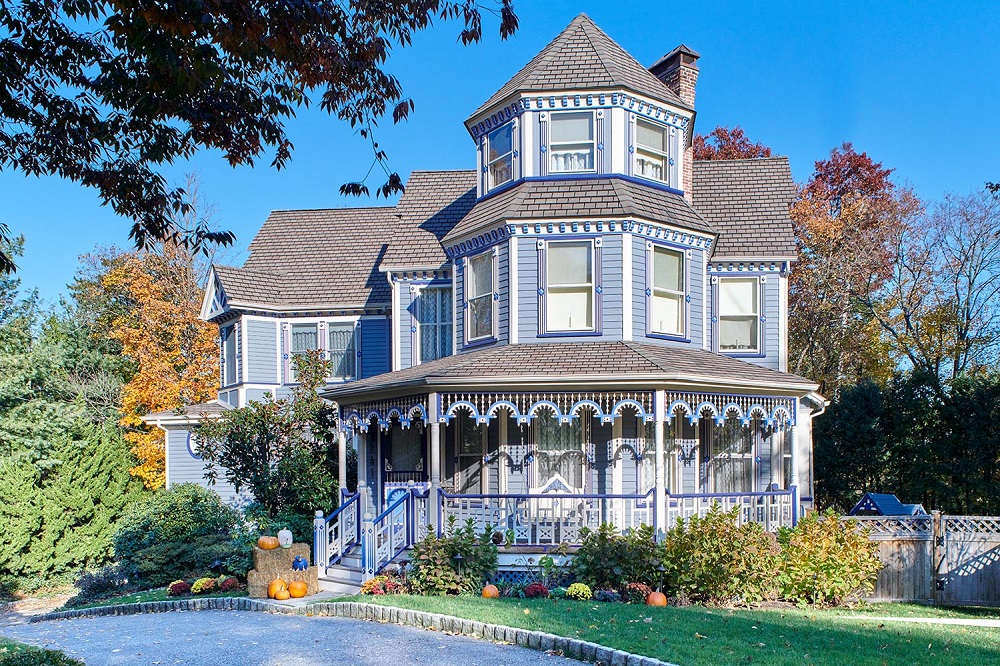
Image source: Vic Wahby Photography
The windows could have different sizes between floors, in addition to these were not embedded in the wall, but rather protruded slightly.
Space is an important factor in the Victorian era houses. The rooms were large, the outer space was used through balconies, the hallways were spacious and had ornate 2-wing doors, the stairs adopted the spiral style and the handrails were decorated with beautiful pieces of blacksmithing.
Finally, we find very complex gable roofs. The front facade had practically vertical roofs. In many cases, they were so spacious that windows were installed to take full advantage of the interior space as another room.
Highlights styles of the Victorian era
As we mentioned previously, the Victorian era houses were not defined by a single style, but among the great variety, there were some elements shared. Although if there was something that dominated the era, it was the reinterpretation of classic designs. Among the recognized styles of the time, we find:
Queen Anne Style – Dominating the Market
This is definitely the design that had more extension in the Victorian reign. Despite the name that received the style, these have nothing to do with the British queen Ana. Instead, the architects used this term to refer to the most extravagant and exuberant works of the time. In fact, it is difficult to find a Queen Anne Style house similar to another.
They were very popular in the period from 1870 to 1900, and one of its great precursors was the British architect Richard Norman Shaw. They stood out for being tall constructions of between one and two floors and abandoned the use of simple figures for the compositions.
Italianate Style – Extending Italy
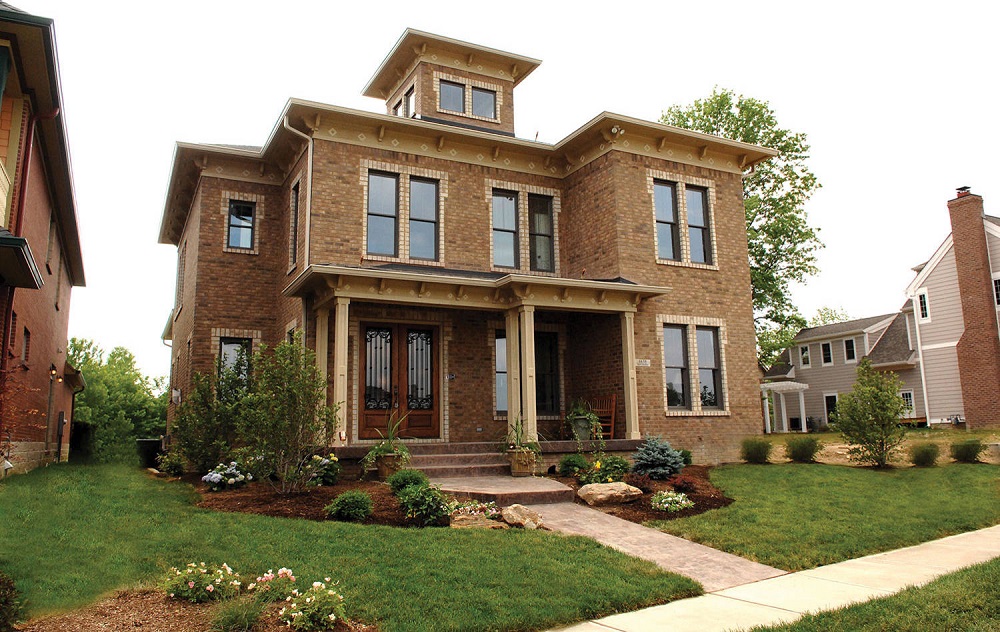
Image source: House Plans and More
The European influence was not only from Britain, in fact, since 1840 Italian houses became popular in America thanks to different printed publications. The Italian pattern, in contrast to the Victorian standard, has lower ceilings that are offset by wide eaves. Many of the columns and beams were simply decorative.
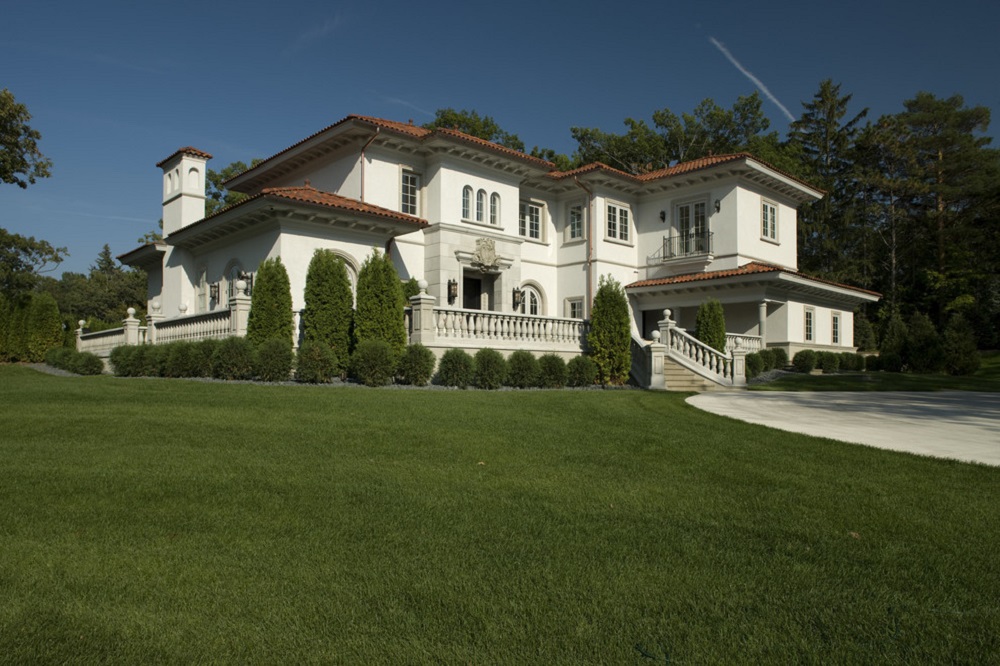
Image source: John Kraemer & Sons
A key element of the Italian constructions are the domes and central towers, which were incorporated inside the houses in reduced versions. Today, the Italianate Style can still be seen in Ohio, New Orleans, and New York.
Victorian Folk – Accessible to everyone
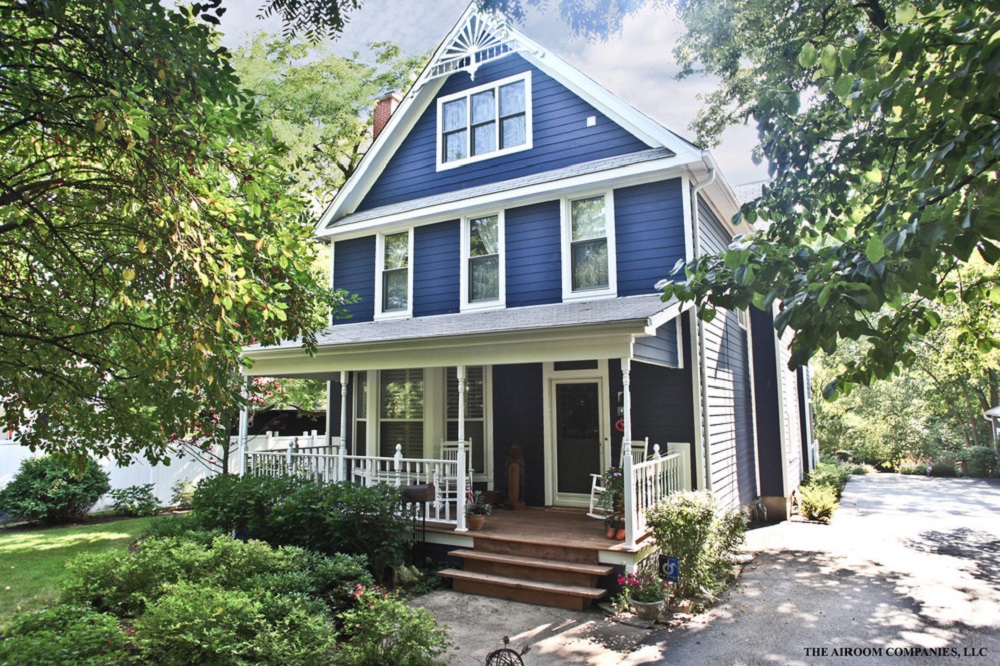
Image source: Elevations
Victorian era houses were not that cheap either. In fact, due to its costs, a simpler style was born in which some unnecessary architectural elements were eliminated, such as towers or irregular figures. To keep the Victorian essence at a low cost, the designers focused on ornaments, both constructively with bezels and profiles, and with decorations in metal and wood.
Gothic Revival – A miniature castle
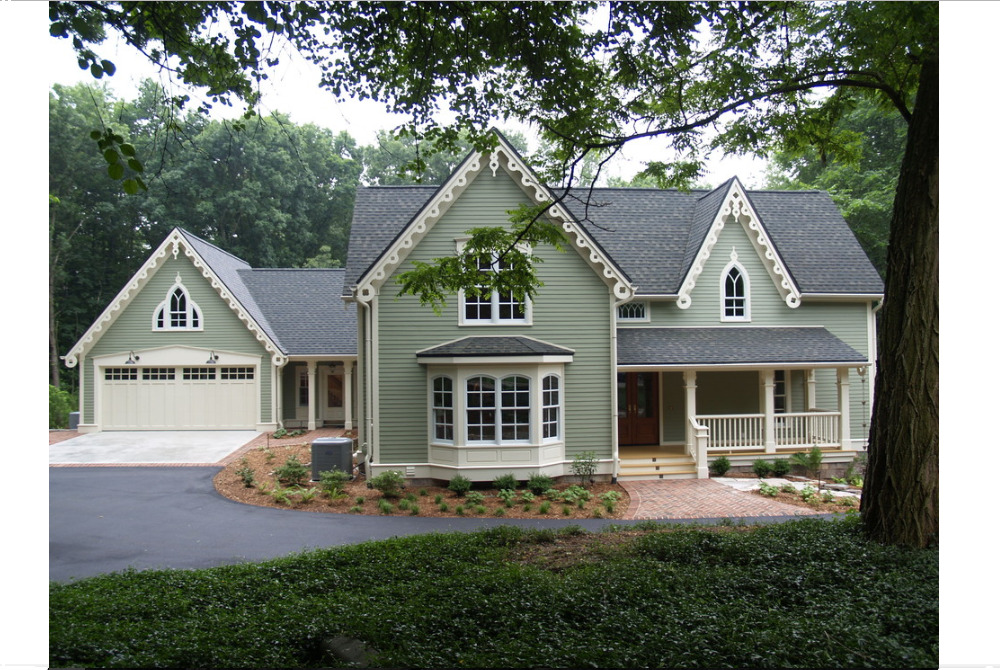
Image source: Pennings & Sons
The Gothic style was born as an inspiration of the medieval churches and castles that were built with large stone walls between beams and columns of wood or rock. These have ceilings of great heights and as a recurring support element, we can find arches. As on the front facade the ceilings were oriented perfectly forward, they were covered by wooden ornaments.
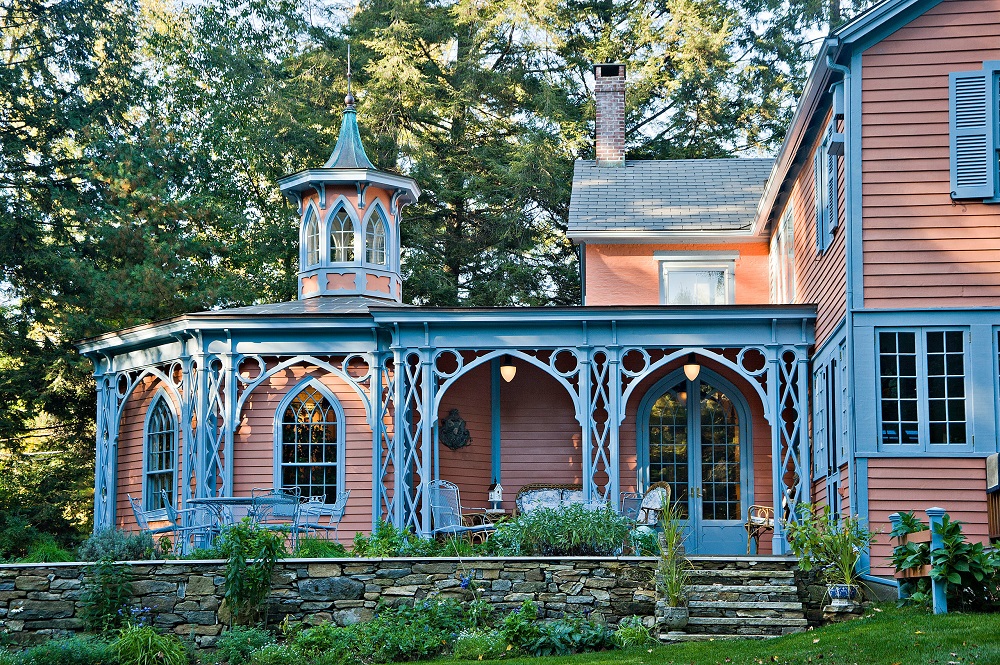
Image source: Kristine Sprague Architect LEED AP
Another alternative of the Gothic style are small wooden cabins. Due to their cost, there are still people who manufacture them. If you want to know more about them, just look for Carpenter Gothic.
Stick Style – Highlighting wood
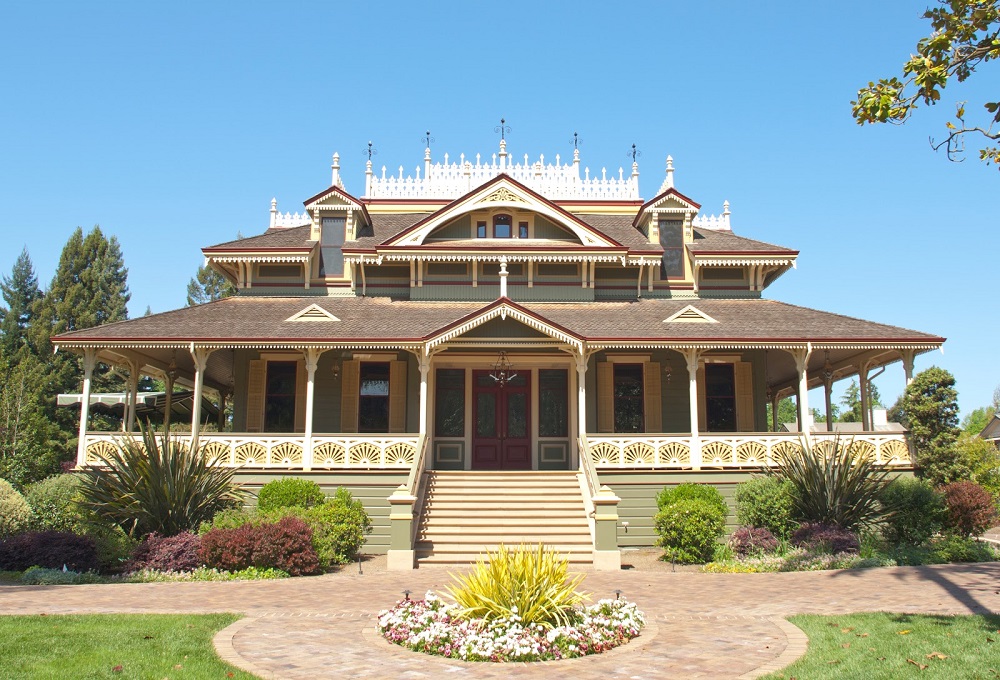
Image source: Rynerson O’Brien Architecture
Wood was a fundamental element in the construction of Victorian style (today it is still important), but certain Victorian era houses used it much more.
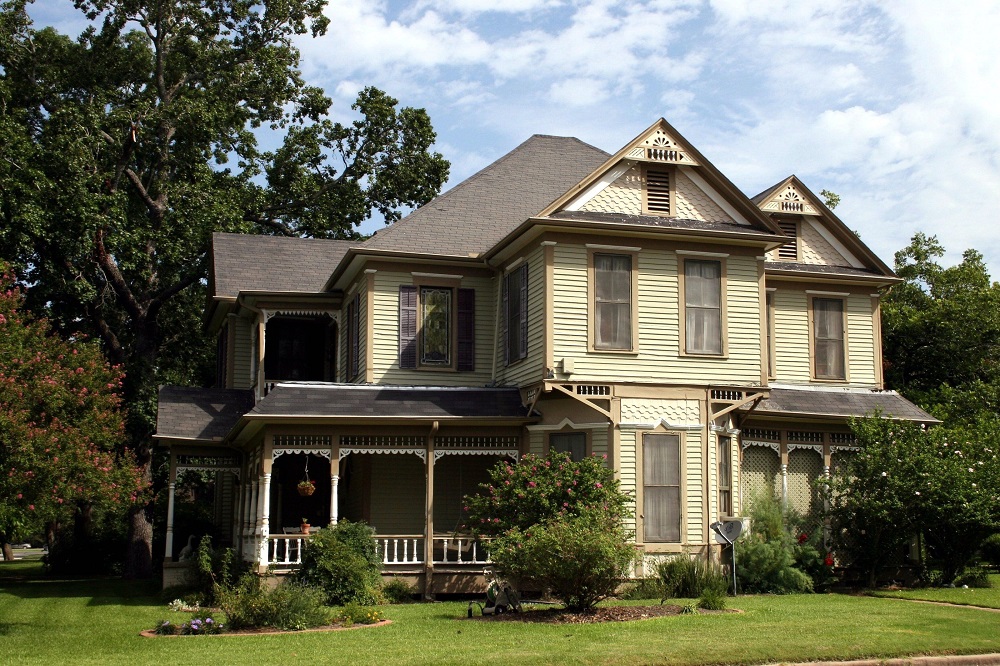
Image source: TX Brazos Trail
Taking advantage of the structure of the house itself, the different wooden beams and columns of Stick Eastlake homes create complex frameworks that, beyond the combinations of lines, do not have extremely striking decorative elements such as protruding windows or ornaments.
Additionally, the ceiling of the rooms will always be steep in one direction, which creates a pleasant and varied feeling of space.
Shingle Style – Tiles even on the walls
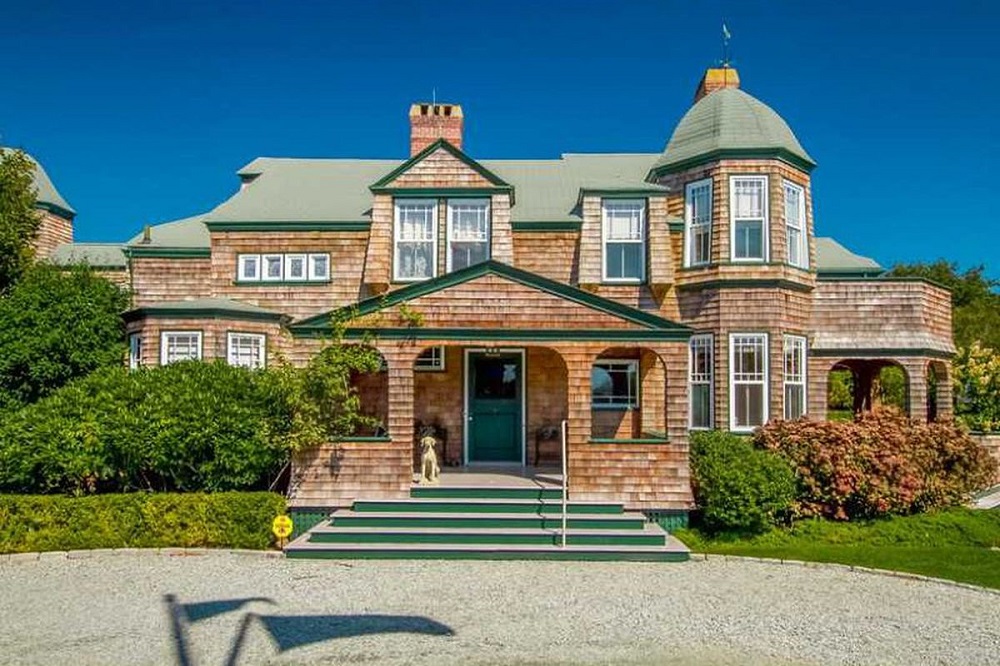
Image source: Curbed
The easy acquisition of wood made the builders give it new uses. One of them can be seen in the Shingle Style, in which both the tiles and the wall coverings were built with wood.
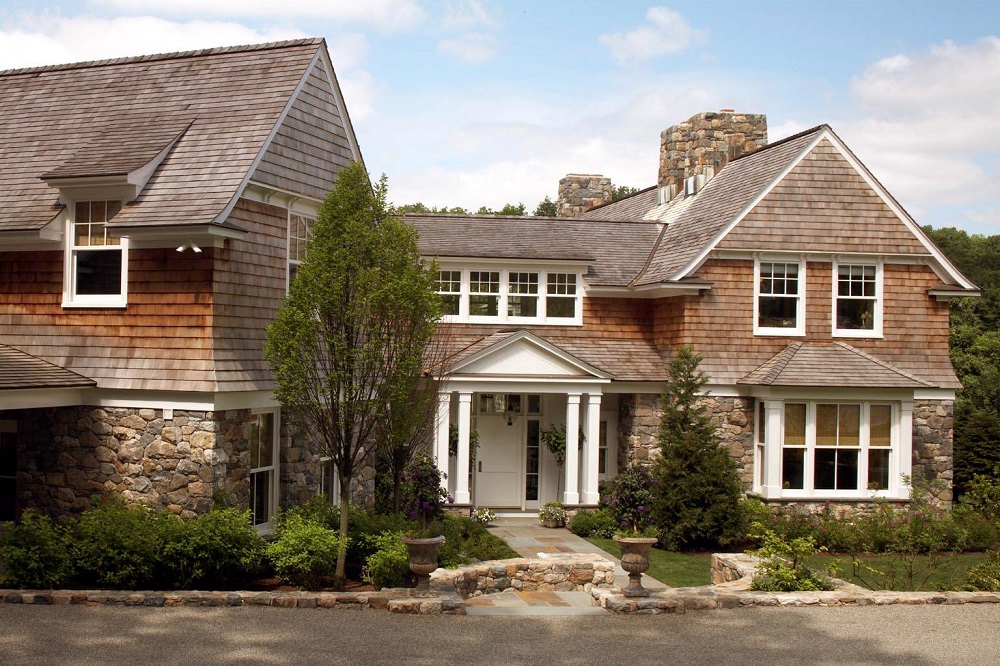
Image source: David Neff, Architect
As in the Stick Style, these houses are of the simple but cozy design, in addition to having large internal space. Because they were built mostly in coastal areas, it is common to find them as summer houses for millionaires.
Second Empire – Parisian Inspiration
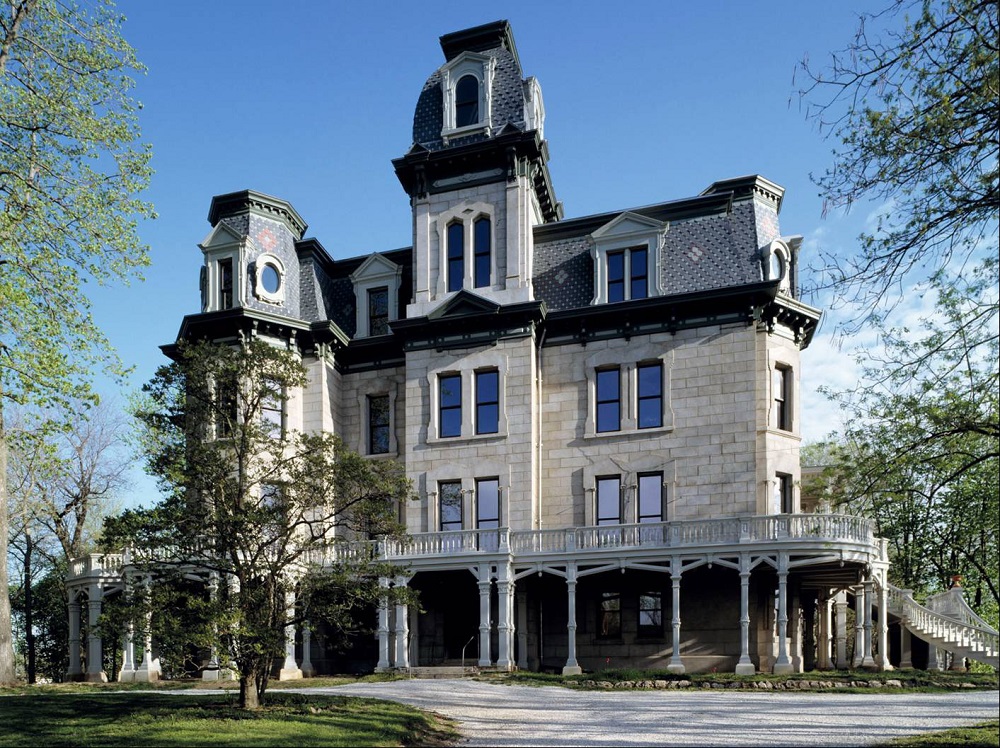
Image source: Architecture Styles
Finally, another of the styles that stood out during the Victorian era was that of Parisian architecture. American prosperity allowed the construction of large houses and urban landscapes with ornaments and shapes similar to those of the European country.
The plants opted for a rectangular or square design, which allowed the architects to take advantage of the space easily.
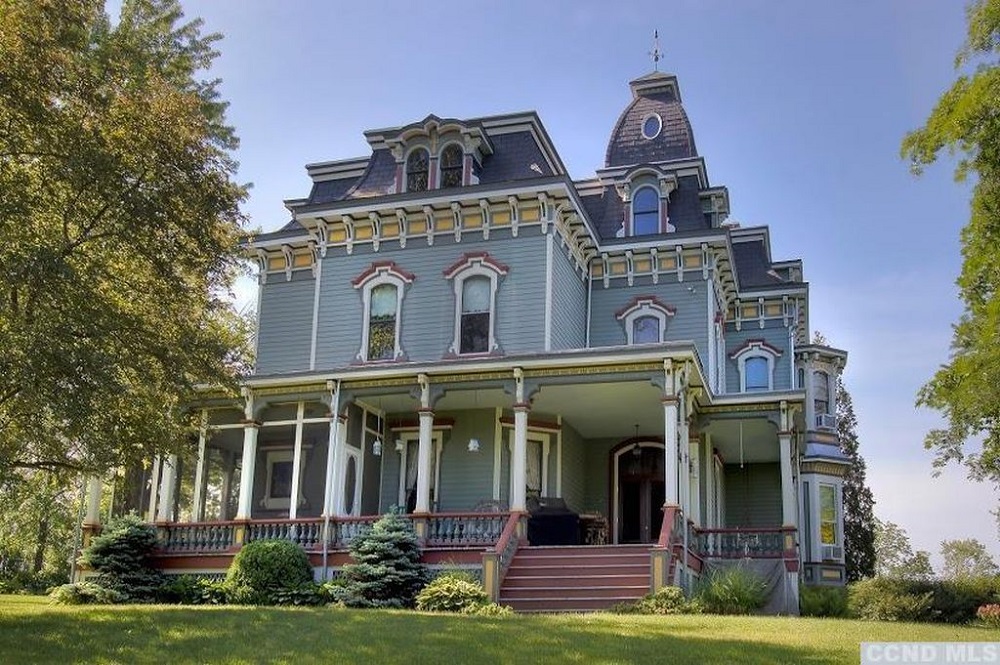
Image source: Captivating Houses
The facades are high and uniform, and at the top, they have Mansard-style ceilings. Those where windows installed on the roof to create another floor. These windows protrude a little from the diagonal line of the roof and were always placed in constant patterns at an identical distance.
As the patterns are more controlled, this style is not as majestic as other Victorian style homes, but it also has a good amount of ornaments.
A style that represents progress
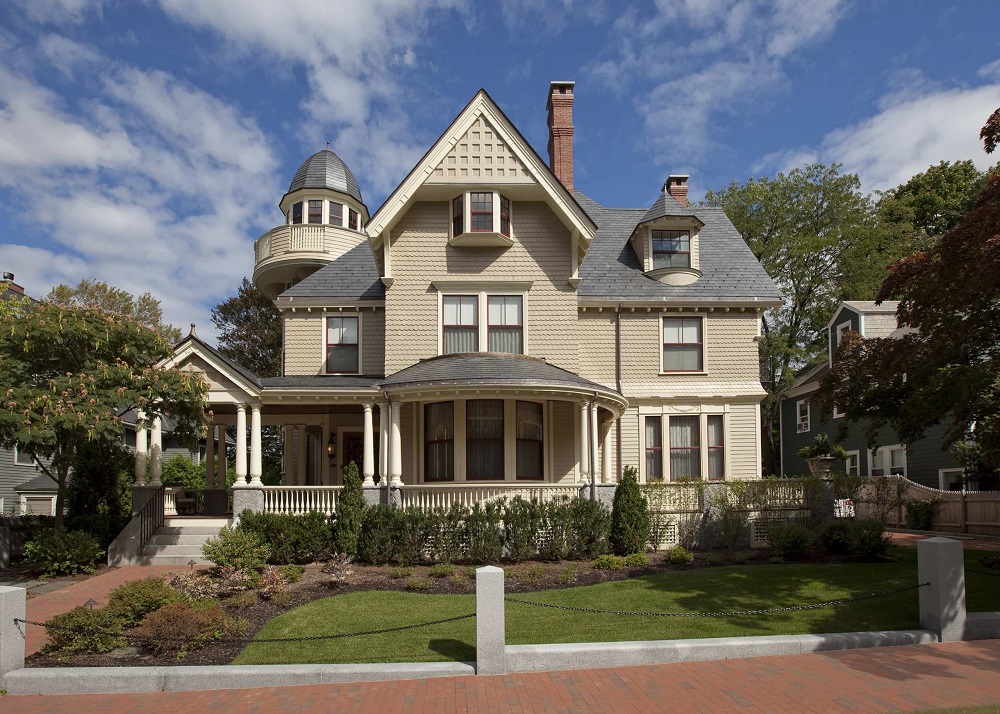
Image source: SV Design
The great riches that brought the industrial revolution are reflected in America with the Victorian style. Although they subsequently faced major economic problems, while the bonanza was present, the waste at the time of construction was dominant. This allowed time-forgotten styles to experience a face-lift that made them a new trend.
Victorian era houses left us some lessons at the time of building, such as the importance of spaces and never abandoning style for functionality. Additionally, they were the beginning of mass productions for housing solutions. Being able to build large buildings again without having to be a millionaire was possible again thanks to transportation.
The only way that the Victorian style was displaced was with the arrival of the Colonial Renaissance in 1920. The new generations did not enjoy having so many ornaments in the houses, which left them as a niche style from which we can still learn today.
If you liked this article about Victorian era houses, you should check out these articles as well:

